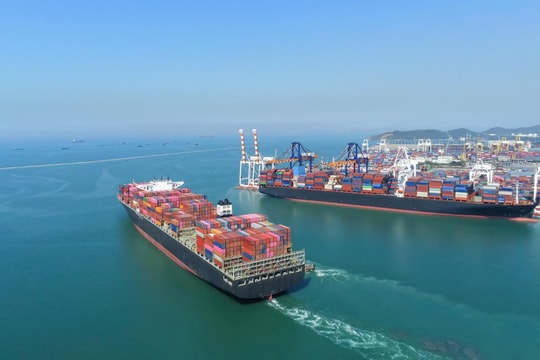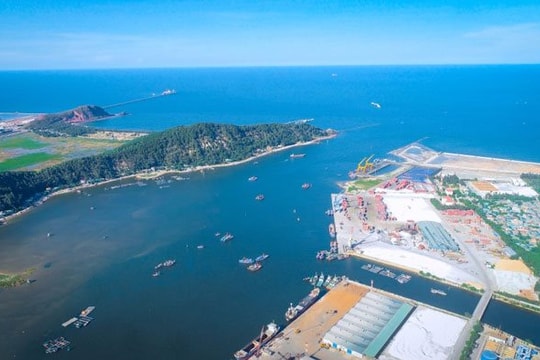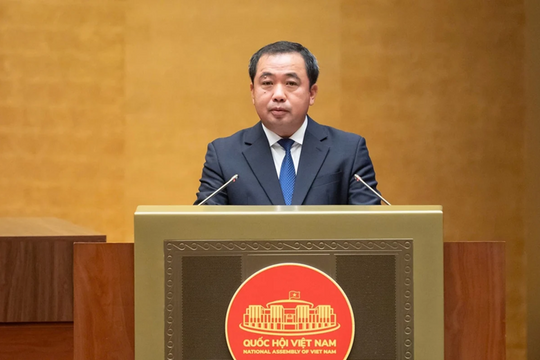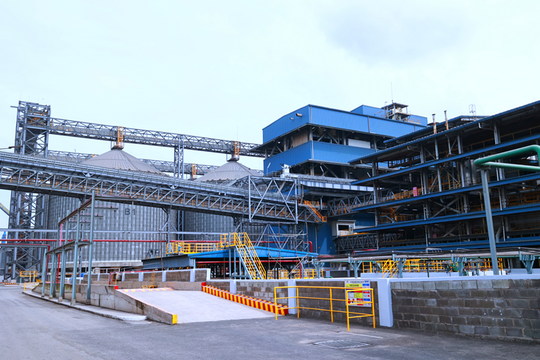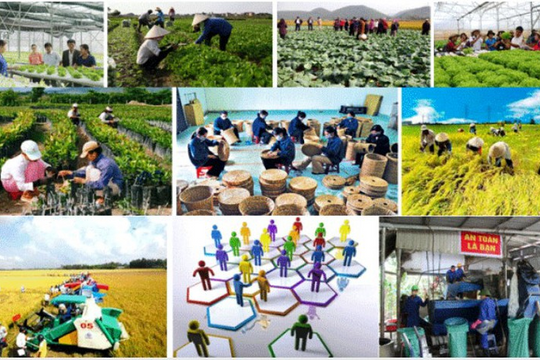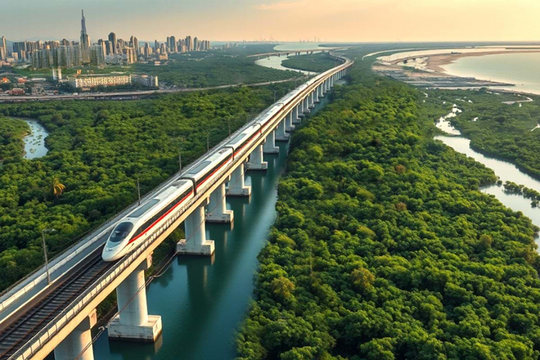

Major river ports such as An Son Port, Thanh Phuoc Port, and Tan Van Port are capable of handling large cargo volumes and facilitating domestic and international trade. These ports have the potential to transport bulk goods, construction materials, and agricultural products, but they have not yet fully developed container transport or high-value import-export logistics.
Reducing Pressure on Road Transport
At present, 95% of goods in Binh Duong are transported by road, leading to severe congestion on major highways. Meanwhile, water transport costs are 30-40% lower than road transport, but this advantage remains underutilized.
By developing a well-integrated river port network connected to seaports and Inland Container Depots (ICD), Binh Duong can significantly reduce the number of container trucks on highways, easing traffic congestion and lowering logistics costs for businesses.
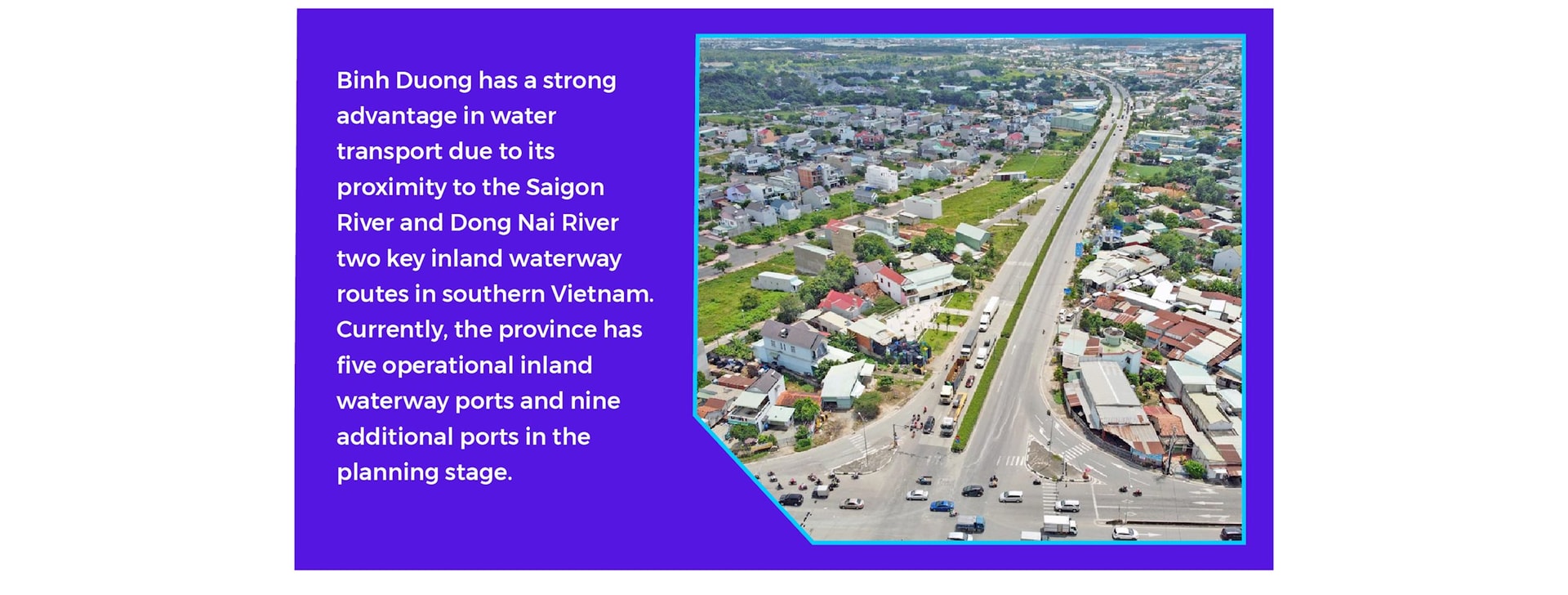
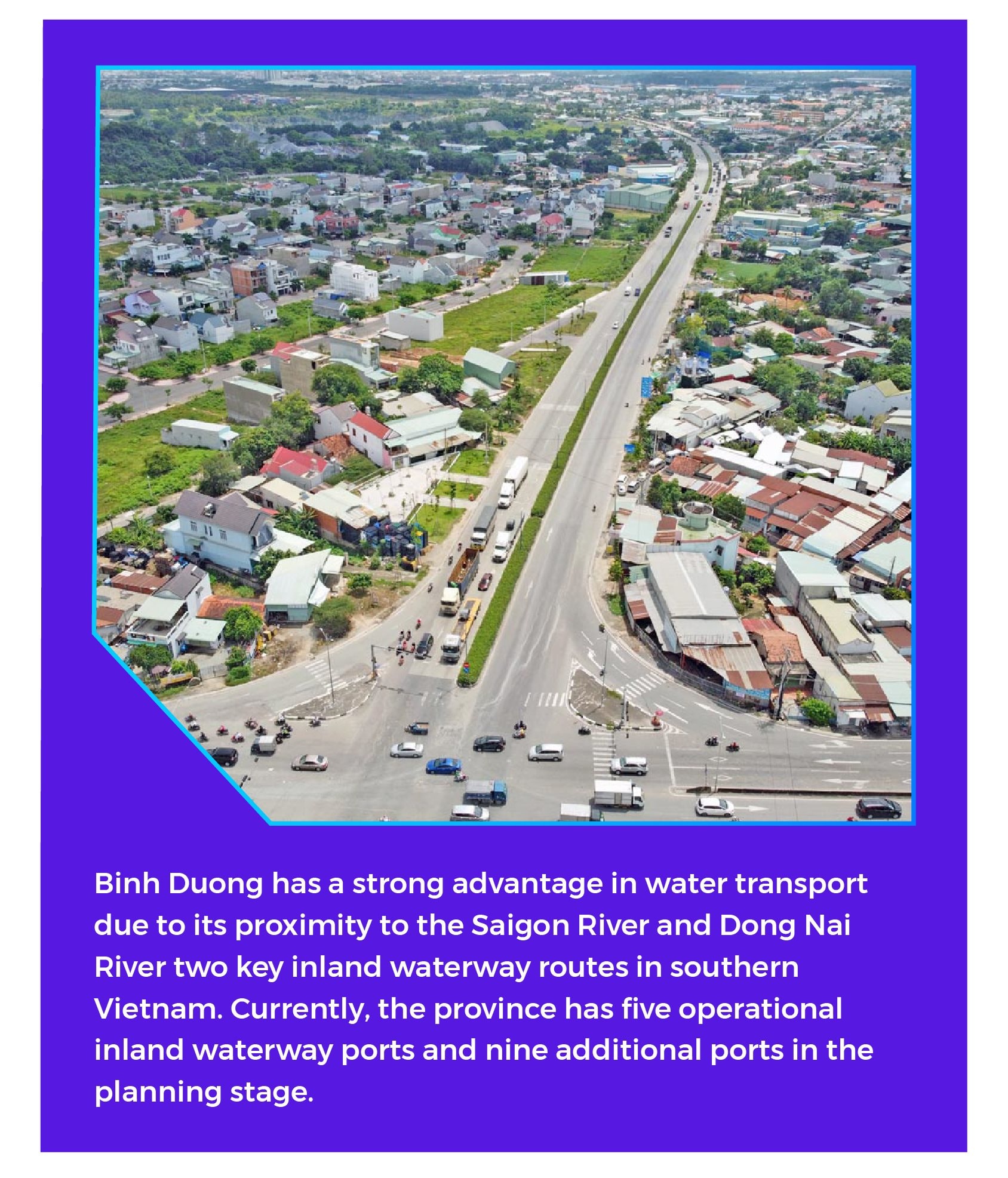
Challenges in River Port Development
Despite its potential, Binh Duong’s waterway logistics sector faces several challenges:
- Low bridge clearances: Previously, Binh Loi Bridge on the Saigon River restricted larger vessels. However, with its recent upgrade, water transport conditions have improved significantly.
- Lack of multimodal connectivity: Many river ports lack proper road access or integration with ICDs, causing inefficiencies in cargo handling.
- Limited incentives for businesses: Most enterprises still rely on road transport, as there are few policy incentives to encourage the shift to waterways.


Binh Duong’s road network plays a crucial role in connecting its industrial zones with seaports, airports, and major consumer markets. The province has developed multiple key highways to improve logistics operations.
Key Road Infrastructure in Binh Duong
Currently, the province has several major logistics corridors, including:
- My Phuoc - Tan Van: A key logistics route connecting industrial parks to Ho Chi Minh City and seaports.
- Ring Roads 3 & 4: Two strategic routes linking Binh Duong with Dong Nai, Ho Chi Minh City, Long An, and Tay Ninh.
- National Highway 13, DT 743, DT 747, DT 741: Essential roads connecting Binh Duong with neighboring provinces, facilitating nationwide cargo movement.
Challenges in Road Transport
Despite ongoing improvements, the road network still faces several critical issues:
- Traffic congestion: The increasing number of trucks and container vehicles has led to severe congestion on key routes such as National Highway 13 and My Phuoc - Tan Van.
- Lack of parking areas and cargo transshipment hubs: Many logistics centers lack sufficient space for truck parking and cargo transfers, increasing pressure on urban roads.
- Underutilization of rail transport: Although the North-South Railway runs through Binh Duong, it has not yet been fully leveraged for freight transport.
To ease road congestion, the province must accelerate multimodal transport integration, particularly linking river, road, and rail networks.


To address existing challenges, Binh Duong has outlined key logistics infrastructure investments to build a sustainable, efficient multimodal transport system.
Expanding River Ports and ICDs
The province plans to upgrade river ports, improve container handling capacity, and establish ICDs (Inland Container Depots) to connect water transport with industrial zones.
Key projects under development include:
- Transforming Thanh Phuoc Port into a central container port.
- Enhancing barge transport between Binh Duong and Cat Lai Port & Cai Mep - Thi Vai Port.
- Developing new logistics hubs in Ben Cat, Tan Uyen, and Bau Bang.
Upgrading and Expanding Road Networks
To alleviate congestion, Binh Duong is actively expanding and modernizing major roads:
- Widening National Highway 13 to eight lanes.
- Upgrading DT 743, DT 747, and DT 741 to improve freight transport capacity.
- Completing key connections for Ring Roads 3 & 4.
These projects will enhance traffic flow, reduce transport delays, and support the long-term growth of logistics operations in the province.
Revitalizing Rail Transport for Freight
Binh Duong is also proposing the expansion of Song Than Station into a major freight hub, which will help shift cargo transport from road to rail, reducing highway congestion. Additionally, upgrading An Binh Station will further enhance inter-regional freight transport.
CONCLUSION
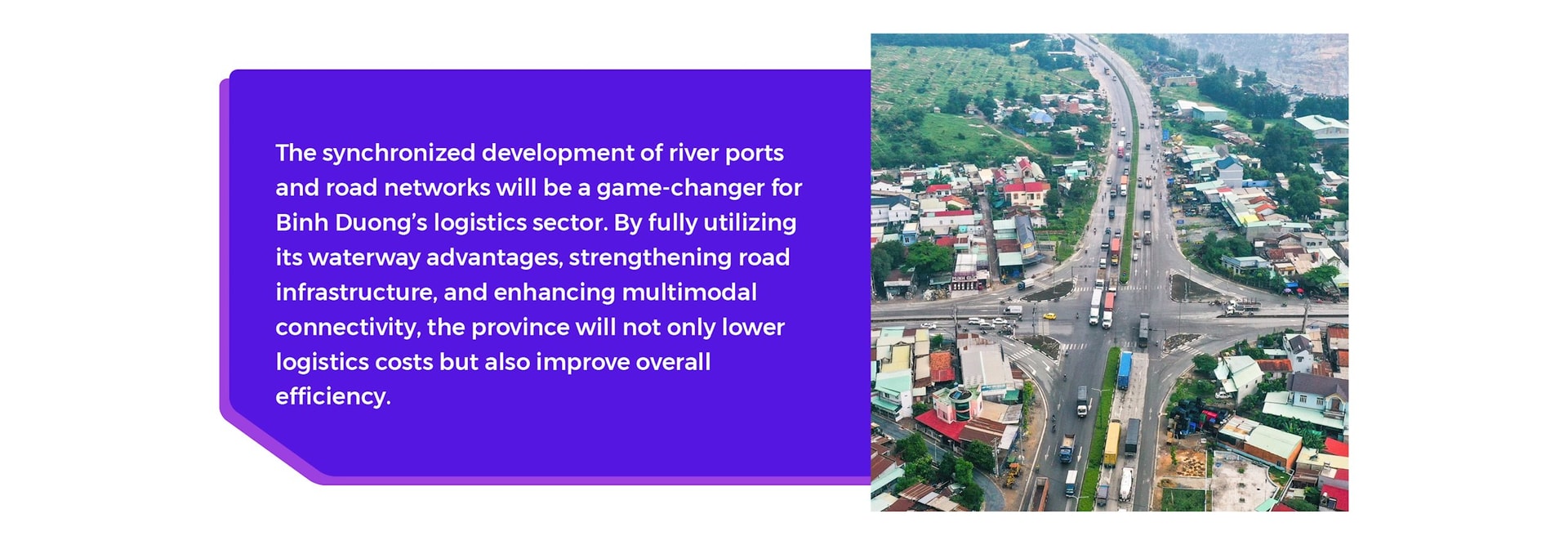
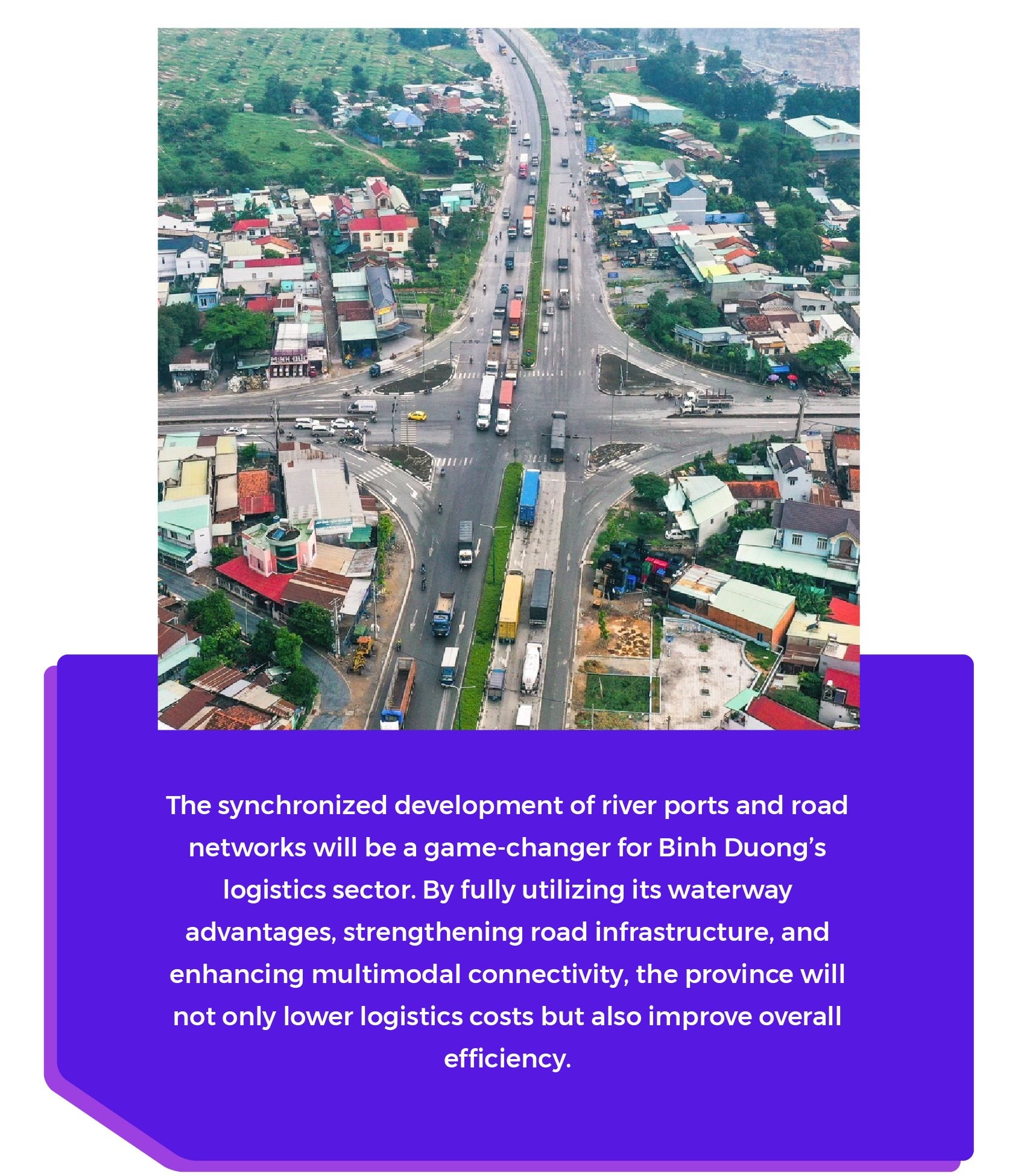
The future of Binh Duong’s logistics industry lies not just in expanding road networks, but in optimizing smart transport systems and seamlessly integrating various transportation modes. This holistic approach will be the key to transforming the province into a top-tier logistics hub in Southeast Asia.


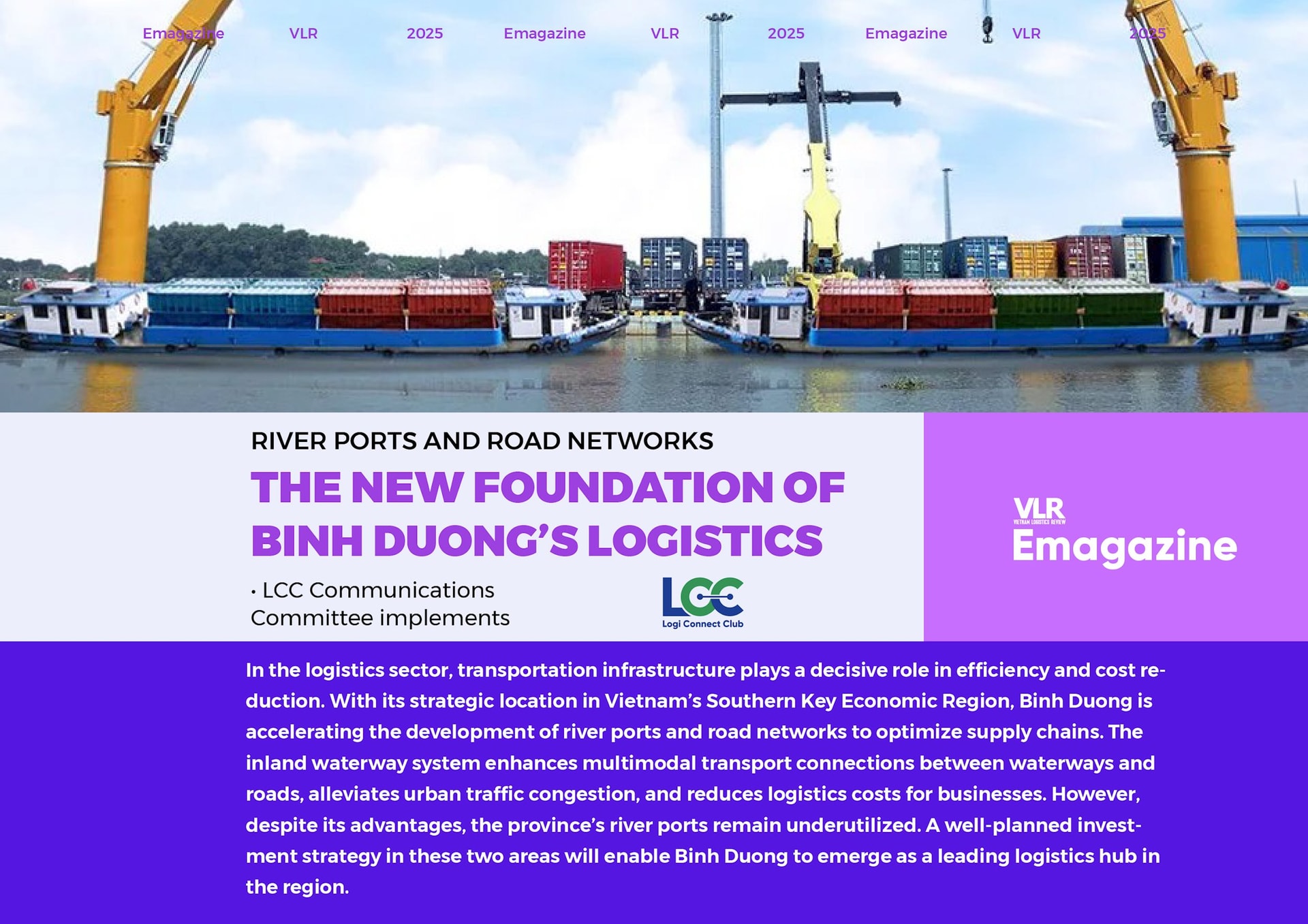
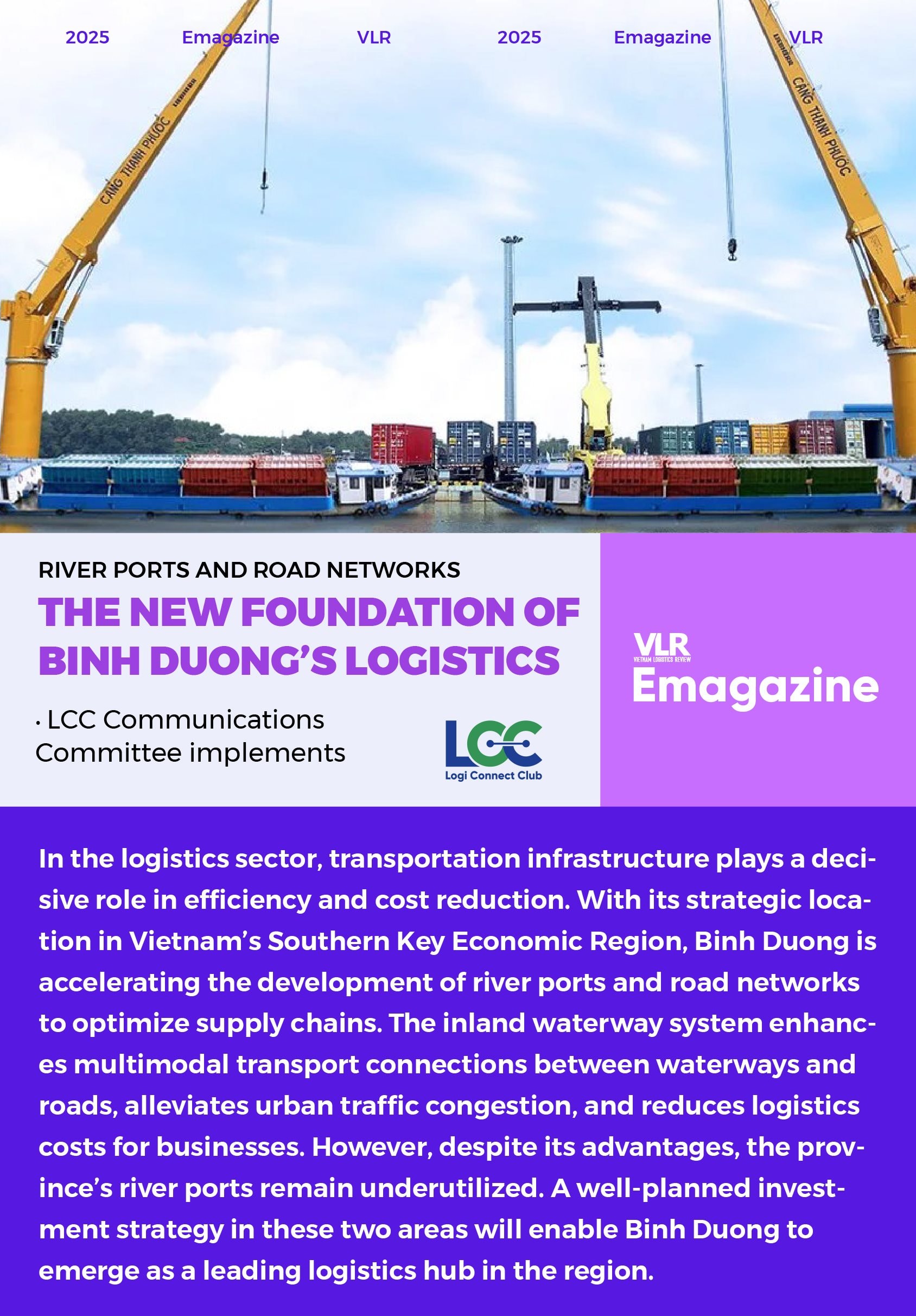
.jpg)
.jpg)
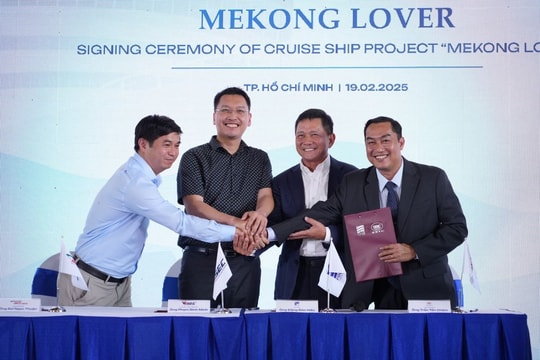
.jpg)
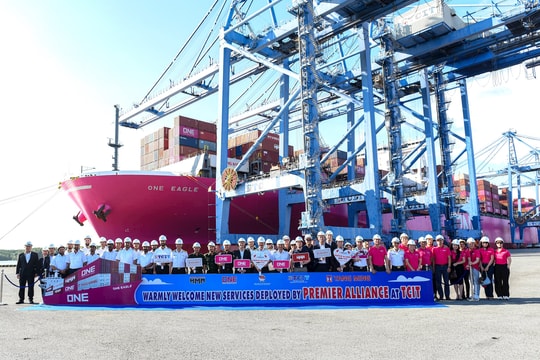
.jpg)
.png)



